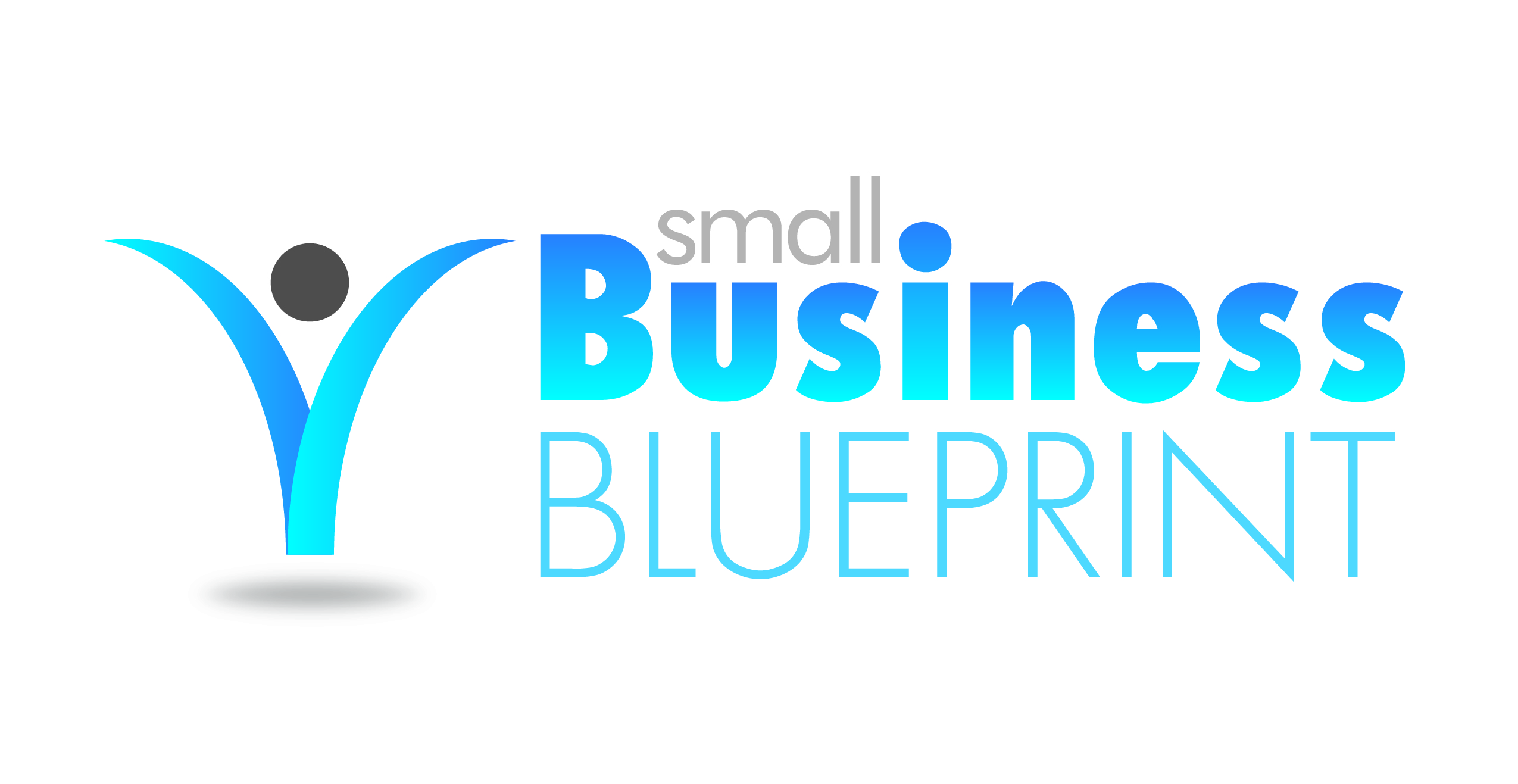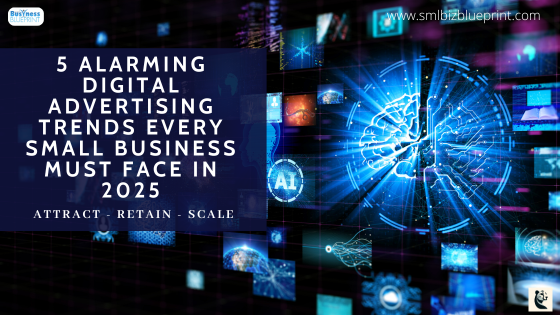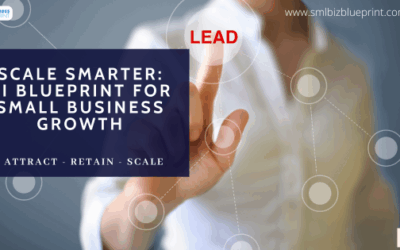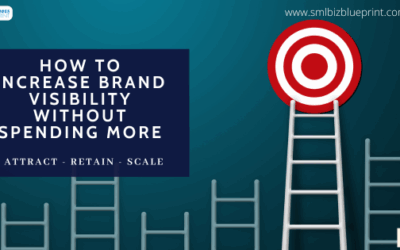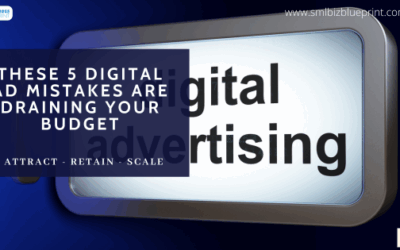What worked last year won’t work tomorrow.
The digital advertising landscape isn’t just changing—it’s transforming at a pace that leaves most small businesses scrambling to keep up. Since 2015, we’ve witnessed technological advances create opportunities while simultaneously eroding the foundations of reliable, affordable customer acquisition.
The hard truth? Rising costs and plummeting returns now plague nearly every digital channel. This isn’t speculation—it’s market reality.
Ready to build an advertising system that actually works? Subscribe to our weekly insights newsletter for actionable strategies delivered straight to your inbox.
Today, five critical shifts are making it harder, more expensive, and painfully confusing to acquire customers online. If you’re not adapting, you’re not just falling behind—you’re throwing money away.
Let me be clear: This isn’t fear-mongering. It’s data-backed reality—and it points to the need for better systems, not just bigger ad budgets.
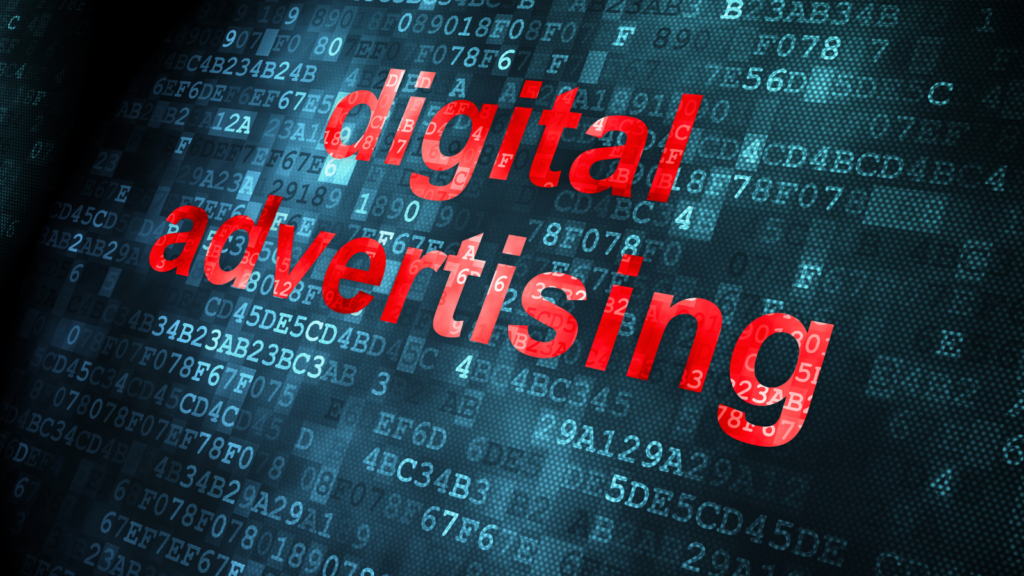
#1 Skyrocketing Costs Are Killing Your ROI
Digital ad costs aren’t just rising—they’re soaring to unsustainable levels across every major platform.
Google Ads has seen average CPC jump 14% year-over-year, climbing from $2.69 in 2019 to $3.09 in 2023. Even with a projected slight decrease for 2024, the long-term trajectory is unmistakable: you’re paying more for the same click.
Meta (Facebook/Instagram) continues its upward pricing spiral, with AI-enhanced bidding and post-iOS14 targeting limitations driving CPMs ever higher. What once cost $0.45 per click in 2019 has steadily climbed despite a brief pandemic dip.
The finance industry faces the most brutal landscape, with CPCs averaging a staggering $5.16 per click—making profitability nearly impossible for smaller players.
The impact is undeniable: Small businesses are getting priced out of profitable bidding spaces. You need more money to reach the same audience—while your ROI continues to slip.
You raised your ad budget for the third time this quarter. CPCs keep climbing, but conversions don’t. Now, you’re spending more to reach fewer people—and wondering what changed.
You doubled your ad budget last quarter.
You hired a freelancer to optimize campaigns.
You A/B tested the landing page.
And still—nothing changed. Your CPC went up, your CTR stayed flat, and your conversions didn’t budge.
You’re not alone. This is the new reality for small businesses competing in a bidding war they didn’t sign up for.
#2 The Attribution Crisis Makes Measurement a Guessing Game
Remember when you could confidently track exactly which ad drove a sale? Those days are gone.
The digital advertising ecosystem now faces fundamental tracking challenges that have transformed measurement from science to speculation:
Third-party cookies are disappearing as privacy concerns and regulatory pressure intensify. These cookies formed the backbone of cross-site tracking and attribution for years, and their decline forces a complete rethinking of measurement.
iOS changes have decimated tracking reliability, with Apple’s App Tracking Transparency framework giving users the power to block data collection. The result? Meta estimated a $10 billion revenue impact in 2022 alone.
GA4 confuses even experienced marketers with its event-based model and complex interface. Small businesses struggle to extract meaningful insights, often comparing mismatched metrics across different reporting tools.
Channel fragmentation makes it impossible to trace leads through the complete buyer journey. When conversions happen days, weeks, or months after initial contact, platforms lose the ability to connect the dots.
The impact is paralyzing: You don’t know what’s working. Your campaign reports claim success while your bottom line tells a different story. You can’t confidently scale or reinvest in top-performing campaigns because you can’t identify which campaigns are actually performing.
Your campaign reports say one thing. GA4 says another. You ask your team which ad drove the most leads—and no one can tell you with certainty.
You asked your team for a breakdown of last month’s top-performing ads.
One pointed to GA4. Another showed Meta’s report. A third checked Shopify.
Three different answers. Zero alignment.
And when the CEO asked, “Which ad is actually working?”—no one could give a confident answer.
#3 Audience Fatigue Has Reached Critical Levels
Your ads aren’t just competing against other businesses—they’re fighting against overwhelming boredom and indifference.
The evidence is striking:
Click-through rates have stagnated or declined across both search (1.91%) and display ads (0.35%). These dismal numbers reflect a fundamental truth: audiences have grown skilled at ignoring conventional advertising messages.
Creative fatigue sets in faster than ever before. What performed well last week faces rapidly diminishing returns this week, as platform algorithms prioritize fresh content and audiences quickly tune out repetitive messaging.
Only authentic, narrative-style ads break through—but they’re harder to produce consistently. Template-driven creative approaches that once delivered reliable results now trigger immediate scroll-past behavior.
The days of simply targeting the right audience are over. Now you need to capture and maintain attention in an environment designed to scatter it.
The impact is clear: More spend, less attention. The platforms promise precision targeting while delivering distracted viewers. Your perfectly targeted ad reaches the right person at exactly the wrong moment—when they’ve already learned to ignore it.
Your Facebook campaigns got plenty of impressions but engagement plummeted. The same creative that worked last month now barely registers. Your target audience is there, but they’ve stopped seeing you.
Stay ahead of the curve!
Subscribe to our newsletter and never miss the latest in business growth and marketing strategies.
#4 Algorithm Changes Have Created Perpetual Instability
Remember when you could optimize a campaign, find what works, and scale it consistently? Those days are gone.
Meta’s Advantage+ and Google’s Search Generative Experience (SGE) have fundamentally changed how ads get delivered—rarely in ways that benefit the advertiser.
These machine learning systems dynamically determine how, when, and where your ads appear, creating a volatile environment where:
The rules change overnight without warning. What worked brilliantly last week suddenly flatlines—even when nothing on your end changed.
Black-box optimization removes your control. Advantage+ bundles targeting, bidding, and creative testing into a single campaign format that offers convenience at the cost of visibility. You can’t isolate which element drove performance because the platform won’t tell you.
Google’s SGE reshapes the search landscape by inserting AI-generated summaries that push traditional results (both organic and paid) further down the page, disrupting previously predictable search behaviour.
The impact creates constant uncertainty: Marketers are no longer optimizing campaigns—they’re reacting to unpredictable AI behaviors they neither control nor understand. Without a foundational testing system and diversified traffic strategy, consistency becomes impossible.
Last month’s campaign killed it. This month? Nothing. You used the same targeting, same format. You tweak, test, and wait. Still flat. The algorithm shifted again, and your performance evaporated overnight.
#5 AI Powers the Platforms—Not Your Business
The AI revolution has arrived in advertising—but it’s working for the platforms, not for you.
Google, Meta, and TikTok now use advanced AI models to increase ad efficiency, raise bid floors, automate creative, and predict user intent. These systems aren’t neutral—they’re built to extract maximum yield for the platform, not for your campaign.
Here’s the reality:
Performance Max campaigns allocate budget automatically—but provide minimal insight into how those decisions get made. You’re asked to trust the results while being denied the data to verify them.
AI-powered bidding models drive up costs across the board, regardless of actual performance. The system optimizes for platform revenue, not your ROI.
Large enterprises counterbalance this disadvantage by building internal AI teams for creative testing, attribution modeling, and offer experimentation. Most small businesses can’t.
This creates a dangerous dependency where businesses rely on AI systems they don’t understand, can’t access, and don’t control. As a result, many fly blind—scaling up ad budgets while losing clarity on what actually drives results.
The impact creates a widening gap: When AI works for the platform instead of the advertiser, you’re not running a campaign—you’re renting performance. And the rent keeps increasing every quarter.
Your Performance Max campaign gets strong results for two weeks, then performance crashes. You have no visibility into what changed or how to fix it. The platform recommends increasing your budget—with no explanation of how that solves the problem.
Ready to put AI to work for your business instead of against it? Our “SMB AI Advantage” guide shows you how to implement practical AI tools for content creation, testing, and analytics—without enterprise-level resources.
You launch a Performance Max campaign.
Google “optimizes” your creative, targets an audience you didn’t choose, and spends your entire budget in 3 days.
All you get back is a vague report with impressions, clicks, and a row of green checkmarks.
But no leads. No clarity. No idea what to do next.
The AI is working hard—just not for you.
Don’t miss a beat in your business growth journey!
Join Pulse and stay ahead with expert tips and actionable advice every month.
Subscribe to Pulse Today
This Isn’t Just a Channel Problem—It’s a System Problem
Digital advertising in 2025 requires more than platform expertise—it demands a comprehensive system designed to overcome these five critical challenges.
The evidence clearly shows concerning trends: rising costs coupled with declining performance across multiple channels, compounded by fundamental shifts in tracking capabilities and consumer behaviour.
But here’s the good news: These problems aren’t unsolvable. With the right approach, small businesses can still thrive in this challenging landscape.
Success now requires:
A systematic approach to creative development and testing
Reliable first-party measurement systems
Strategic channel diversification
Tools and processes that work for you—not just the platforms
By embracing these changes and building for long-term stability rather than short-term gains, your business can adapt and continue generating value from digital advertising investments.
The era of easily measured, consistently high returns from digital advertising has ended. What replaces it is a more nuanced reality that demands greater expertise and strategic thinking—but offers substantial rewards to those who master it.
Ready to fix your funnel and future-proof your strategy? Explore how SmlBiz helps businesses build leaner, smarter, AI-powered growth engines.
Book a discovery call today to learn how we can transform your digital advertising approach.

FAQs
Q1: Why are digital ad costs rising so fast in 2025?
A1: AI-enhanced bidding systems, expanding privacy regulations, and increased demand from larger advertisers create a more competitive landscape where each click costs more. Platform algorithms also prioritize maximizing their revenue, not your ROI.
Q2: Is organic content still worth investing in?
A2: Absolutely. User-generated content and narrative-style organic posts consistently outperform paid content in attention and trust metrics. Building organic reach creates a foundation that makes your paid efforts more effective and sustainable.
Q3: Which platforms are hardest hit by tracking issues?
A3: Google and Meta face the most significant challenges after iOS changes and cookie phase-outs. Their size and reliance on cross-platform tracking make them particularly vulnerable to privacy-driven measurement limitations.
Q4: How can small businesses reduce ad waste?
A4: Focus on content relevance over reach, implement custom tracking links, develop systematic creative testing procedures, and build first-party audiences you actually own. Most importantly, track real business outcomes, not just platform metrics.
Q5: What role should AI play for SMBs in advertising?
A5: AI should support your internal strategy—powering content generation, testing processes, and analytics—not just operate as a black-box ad engine. Small businesses need AI tools that increase visibility and control, not reduce it.
Q6: Is it worth switching platforms?
A6: The fundamental challenges exist across all major platforms. Success depends more on your system design than your channel selection. Build processes that work regardless of platform, then adapt them to each channel’s specific requirements.
Q7: What’s the first step?
A7: Start with an honest audit of your advertising system, focusing particularly on your tracking infrastructure and creative development process. Identify where you’ve been making decisions based on incomplete data or platform recommendations rather than verified results.
Ready to build an advertising approach that works in 2025 and beyond? Subscribe to our newsletter or book a discovery call today.
🟢 Look out for our next article: “5 Common Reasons Your Advertising Fails—And How to Spot Them Early.
Other Articles
AI Lead Generation System: 5 Steps to Automate Client Growth
How To Use AI to Improve Product-Market Fit Faster and Smarter
Is Your Cold Email Strategy Outdated? Here’s How AI Fixes It
